Mastering the Stock Market: High Probability Market Timing and Stock Selection Tools
$23.20
| Author(s) | |
|---|---|
| Format |
|
| Pages |
337 |
| Publication Year |
2013 |
By studying the methods in Mastering the Stock Market, you will gain the knowledge to approach the markets with a high degree of confidence. You’ll be able to identify opportunities and fine tune your entries and exits using technical analysis. You’ll gain the discipline to cut your losses when a trade doesn’t work and to maximize profits when everything works as planned. In short, Mastering the Stock Market will help you to make sound trades and build your wealth.
Introduction:
I firmly believe the second decade of the new millennium will bring another wave of prosperity and a new level of educated traders and investors. I am longer-term bullish on stocks and have had that bullish outlook since the market bottomed in March of 2009. The divergence between technology indexes such as the QQQ or the Nasdaq 100’s posting a double bottom in March 2009 versus the prior low from November 2008 was one clue, and sentiment indicators such as the CFTC COT reports, volume studies, and the longer-term Person’s Pivot support levels all helped me form that conclusion. Even into 2011, at PA Stock Alerts, we held steadfast to our bullish bias, and as we enter the 2012 presidential elections, I continue to remain on the longer-term buy side of the market.
I will continue to do so, of course, expecting the normal corrections, or shakeouts or fadeouts, but I am more optimistic on investing in the stock market now than ever. That opinion could change if the conditions and indicators I use change as well. But let me add that the reasons why I am bullish is the advancement of technology, the globalization of markets, and, of course, the need for prosperity still thrives. With those factors in play, I am not betting against the obvious that almost every generation has seen an increase in the wealth effect.
The one concern I have is that when we start to see market performance improve, the vast majority of investors will either not participate in the market because they are disbelievers, or because they don’t trust the markets due to past experience, such as the tech wreck from 2000 or the flash crash in 2010. I also have a concern that many investors have become more short term in nature, since the extreme level of volatility that existed in our marketplace from 2005 throughout late 2011 has nurtured day and swing trading from buy-and-hold investment strategies.
I am sure you can relate to the fact that time is passing—every year seems to pass more quickly than the one before. You know the saying “time flies when you are having fun.” There have been times in this life that it is not so much fun, but time still flies. Imagine buying a stock for 8.68 on the first week of March 2009, and after applying a buy-and-hold mentality, just 25 months later that stock was trading at 53.2. Not to brag, but this was a company I had shouted to everyone to get in on. I had traveled to Europe to speak at a conference in London and at the Technical Analysis Conference in Paris. I saw this company and the sales they were generating and said there is no way these guys are going to make a killing. The name of the company: Starbucks Coffee. Well, I know there are lots of success stories, such as Google, Wynn Hotels and Casinos, Apple, and the like. But here was a company whose product I actually used on a constant basis.
I believe buy-and-hold mentality for a period of time will pan out to be a stock picker’s best friend in the next few years as this business cycle develops. An area of longer-term growth and opportunities will exist in the financial arena. Wealth management, real estate, energy, communication, technology, food, health care—these are all areas that will be in constant demand and as the global population grows and becomes more educated, I stand firm on the fact that there should be a place for investment dollars in these areas. The key is choosing the right stocks, the right sectors, and the right time. I believe the chapters that follow will enlighten you to a logical approach for you to make better investment decisions.
Contents:
- Stock Indexes and Sectors
- Seasonal Analysis
- Sentiment Analysis
- Comparative Relative Strength
- Breadth Studies
- Volume Analysis
- Patterns, Indicators, and Oscillators
- Scanning for Profits
- Pivot Point Analysis
- Putting It All Together
Mastering the Stock Market: High Probability Market Timing and Stock Selection Tools By John L. Person pdf
9 reviews for Mastering the Stock Market: High Probability Market Timing and Stock Selection Tools
Clear filtersOnly logged in customers who have purchased this product may leave a review.

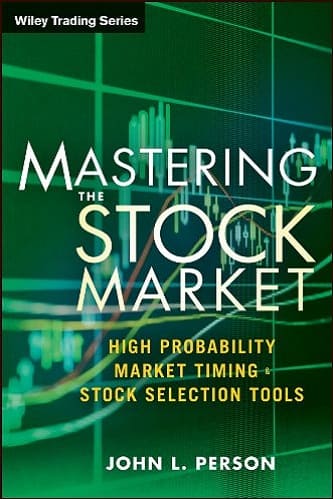

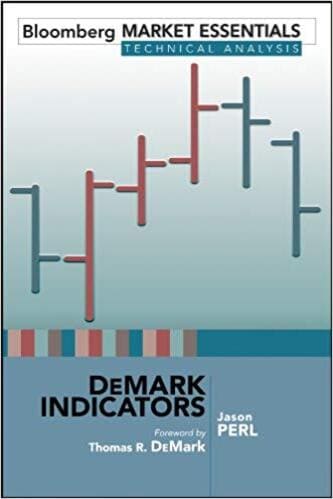
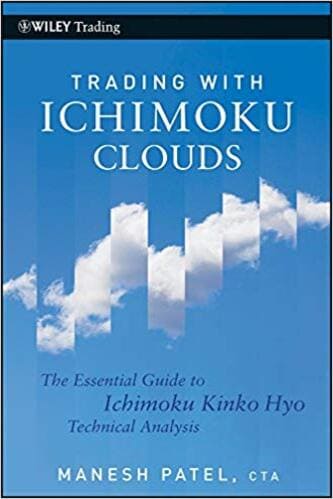
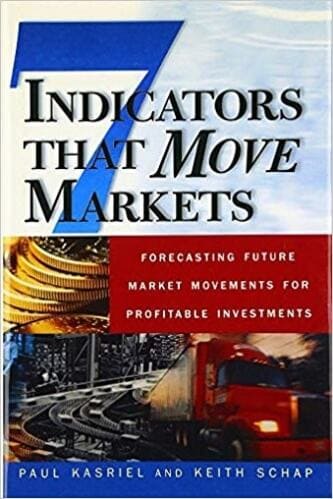
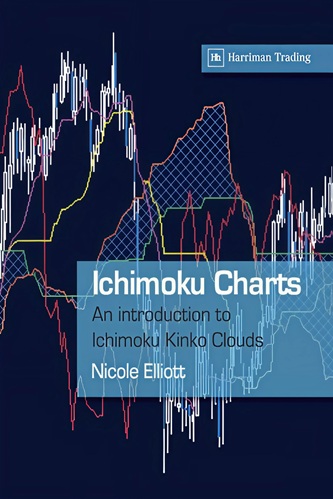

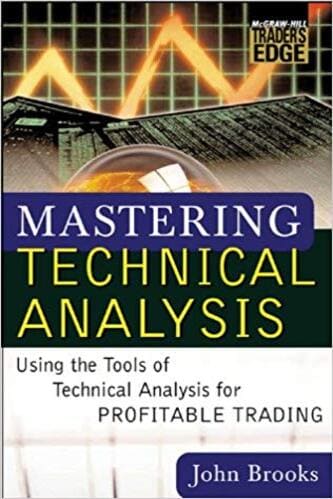

Pedro Davidson (verified owner) –
WELL WRITTEN BOOK WHICH WILL LEAVE YOU WANTING MORE MATERIAL TO READ. ALL THE TOPICS YOU FIND IN THE TABLE OF CONTENTS ARE COVERED IN DETAIL. MR. PERSON IS A KNOWLEDGEABLE, EXPERIENCED AND ENGAGING PROFESSIONAL TRADER / TECHNICAL ANALYST. YOU WILL MAKE MASTERING THE STOCK MARKET ONE OF YOUR MAIN TRADING BOOKS AND END UP USING MANY OF MR. PERSON’S CONCEPTS TO TRADE. I KNOW BECAUSE THAT IS WHAT HAPPENED TO ME. AND I STARTED OUT AS A DAY TRADER IN 1996. THANK YOU.
Jayla Hardin (verified owner) –
All of John Person’s books are excellent and he really hit it out of the park with this one.
There is a lot of noise in the Markets and John has masterfully taken his 30+ years of trading expertise and condensed it into one book so that a trader will know what Indicators, Signals and Patterns are important to focus on.
The chapters on Seasonal Analysis, Breadth Studies & Volume Analysis should be mandatory reading for all traders! It’s simply an OUTSTANDING read for both beginning and experienced traders and is at the top of the list as one of my go to reference books.
If you are only going to buy one book this year to learn how to be a better trader – then you must buy this book!
Ayaan Hanna (verified owner) –
In mastering the stock market, John breaks the book into several sections. I found the section on pivot point and his high close doji (HCD) and low close doji(LCD) to be worth the price of the book. He provides entry and exit rules for this very effective trade. He also explains trade management to manage losses for a given entry or portfolio size. The advice and tips he gives are practical. The book also provides an introduction to several key technical indicators to help support trade entry.
Anastasia Bishop (verified owner) –
I have learned many good stock trading tips. The information on seasonal analysis and scanning the various market sectors for trading ideas is useful, practical, and easy to implement.
Hassan Simpson (verified owner) –
I am only on a preliminary read-through as a trading novice so I can’t make an informed review other than to say it looks extremely comprehensive and informative. I’m sure I will gain much benefit from studying it.
Cynthia Liu (verified owner) –
There are a lot of errors in the book. One can work through these by staying focused but the book definitely needed a good proof reading prior to publication. There is still a lot of good information presented in the book in an easy to read format. I’m almost done with my second reading.
Paxton Tran (verified owner) –
A good writer is one who knows his/her subject matter and who can explain it clearly to the reader. John Person’s content presentation is poorly organized; in addition, there is a lack of sufficient explanation of important concepts related to technical analysis.
Perhaps I have become too accustomed to the outstanding technical analysis books written by John J. Murphy- books that are also published by John Wiley & Sons, Inc. I own all of Mr. Murphy’s books, and I continue to reread them to broaden my conceptual background in this very relevant field. A novice in the field of technical analysis would not be able to comprehend Mr. Person’s content; the writer assumes incorrectly that the reader already has a prerequisite background. After having read Mr. Person’s book in its entirety, I have only learned one concept: there is a positive correlation between seasonality and the sectors of the stock market.
In summary, Mr. Person’s book does nothing to further the field of technical analysis.
Holland Huang (verified owner) –
John has written several terrific books. I believe this is his best effort yet!! If you trade stocks, he shows you how to drill down and find the “gem” nobody is talking about. Better still, his research tools show you when to stay out. He teaches you how to use seasonal analysis, breadth indicators and useful volume studies for effective entries and exits.
His chapter on “Comparative Relative Strength” is key to confirm sector rotation, meaning where is the money flowing.
Whether you trade stocks, ETFs, options or futures, this book is a must. Run, don’t walk to get your keys to trading success.
Wesley Kaur (verified owner) –
To trade successfully in the markets you need an edge. If you don’t know what your edge is then you don’t have one. John Person’s tools, methods, and rules presented to you the trader in Mastering the Stock Market are the necessary building blocks to build your edge. At the core of his trading approach are three uncorrelated tools/indicators: Candles, Person’s Pivots, and Seasonality. Used togther these three form the heart of the trading strategy. Next by using On Balance Volume and Breadth Studies as confirming indicators the high probability trade opportunity is brought into tight focus. When trading stock index futures, currencies, and commodities the Commitments of Traders data adds another valuable data point in understanding “who owns the market”. Lastly, and most importantly in my opinion, John covers position sizing and risk management in detail. No trader can ever be successfull without proper trading discipline. Mastering the Stock Market is an outstanding resource for novice and experienced traders alike. I recommend it.